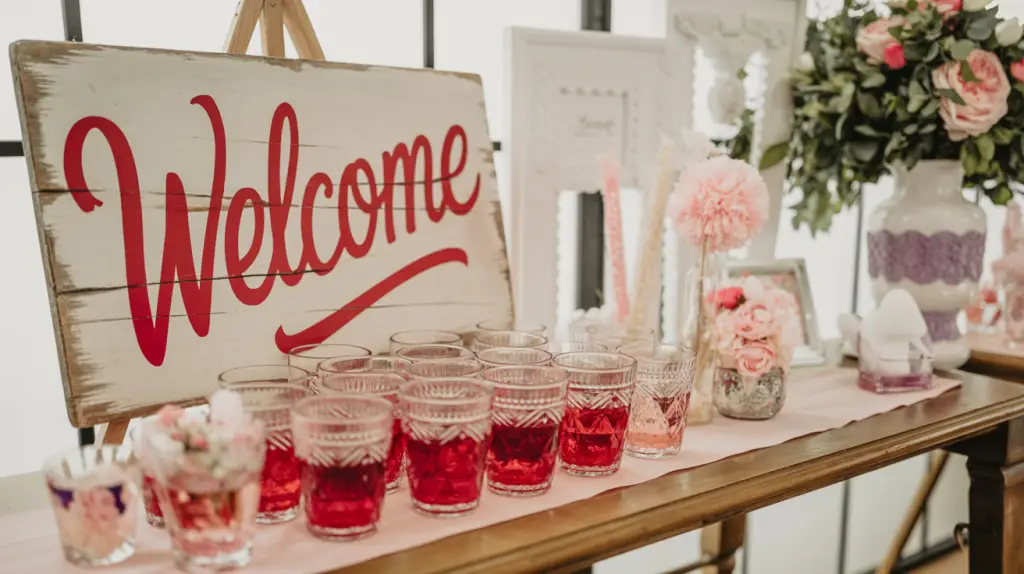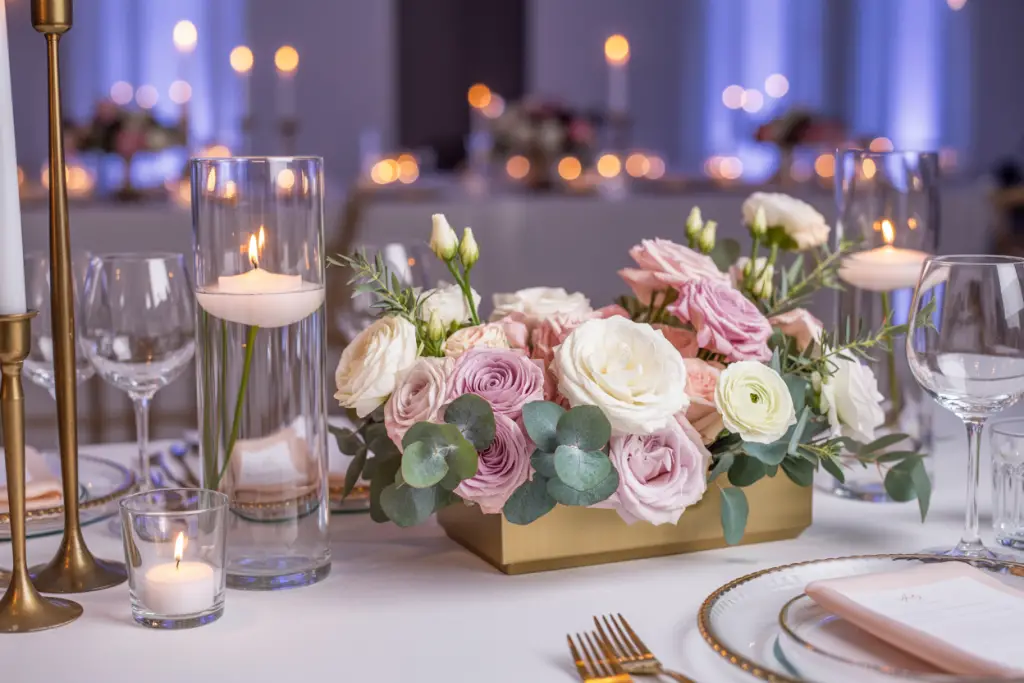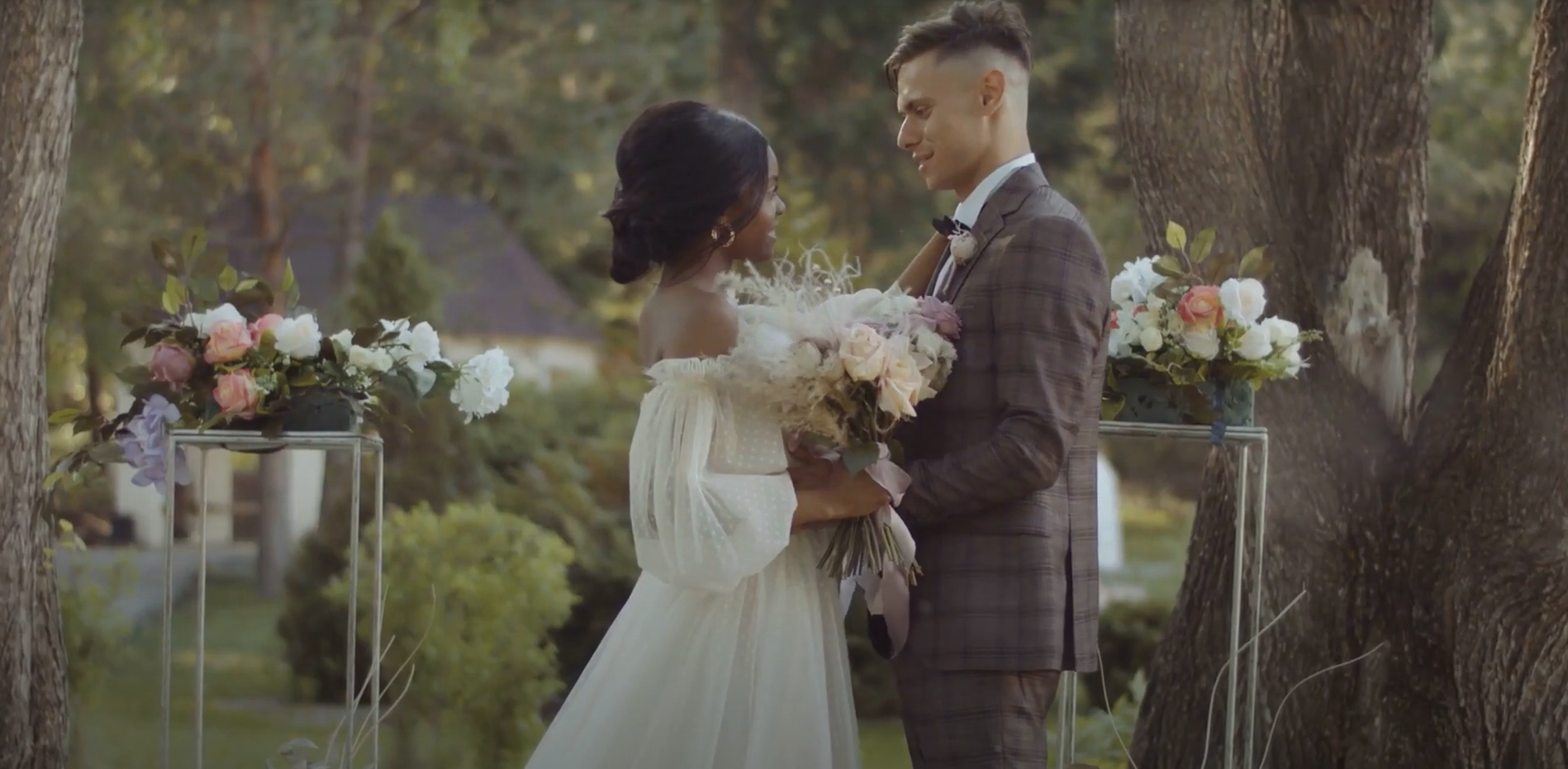When you first see that the average U S. wedding now rings in at roughly $33,000–$36,000—a figure confirmed by the latest The Knot Real Weddings Study and Zola’s 2025 Cost Guide—it’s easy to feel overwhelmed.
Yet those headline numbers hide a crucial truth: how you apportion the money matters far more than the grand total.
A thoughtful, line‑item budget lets you protect the experiences you care about while trimming the ones you don’t. Below is a realistic, research‑backed allocation plan you can customize to any overall spend.
Start With Your Total and Priorities
Before looking at percentages, decide (a) your absolute ceiling, and (b) the top three elements that will define the day for you—perhaps great food, unforgettable photos, or a live band.
Plug your ceiling into a free tool such as NerdWallet’s Wedding Budget Calculator and note how each category flexes when you adjust guest count.
That exercise shows why trimming 20 guests can save thousands without touching your must‑haves.
Venue, Food & Bar: 40 – 50 %
Industry research consistently shows the venue‐plus‐catering bundle swallowing the largest slice of the pie; The Knot pegs catering alone at about 24 % of the typical spend.

Most planners therefore cap the combined venue, rentals, catering and beverage tab at no more than half your budget. To keep it there, look for packages that include tables, linens and basic décor, or opt for brunch or weekday dates when minimums drop.
Photography & Videography: 10 – 12 %
Your photos and footage are the assets you’ll keep long after the last glass is cleared. Zola’s current averages—$3,500–$6,500 for a photographer and $3,000–$6,000 for video—work out to roughly ten percent on a $36 k budget.
Book early; talented newcomers often bundle both services at friendlier rates while they build portfolios.
Entertainment: 7 – 10 %
A live band can rival catering in cost, but a great DJ often lands near the lower end of the $2,000–$7,000 range. Split the difference by hiring a DJ who can also manage ceremony audio or by mixing live musicians for cocktail hour with a DJ for dancing.
Florals & Décor: 8 – 10 %

Fresh blooms, lighting and rentals transform a blank room into your vision. Ask your florist which in‑season stems create lush volume, then reuse ceremony arrangements at the reception to stretch value. Consider buying second‑hand centerpiece vessels through marketplaces like Facebook.
Attire, Hair & Make‑Up: 8 – 10 %
Dress prices vary wildly, but the national median hovers near $2,000, and professional beauty services add $550–$850.
If that feels steep, try sample sales, trunk‑show discounts or pre‑loved gowns on sites such as Stillwhite. Budget at least a fitting contingency so alterations don’t become a surprise line‑item.
Planner or Day‑of Coordinator: 5 – 8 %
She’s the owner of the JustElope she plans micro weddings and elopement’s with just 24Hrs notice. pic.twitter.com/MG5XQO4dg7
— Rain | Media | YourBDFavoritePublicist 🇱🇷 (@BloggedByRain) June 11, 2024
A full‑service planner averages $1,500–$4,750 and can in fact save money by steering you to vetted vendors and preventing costly mistakes. At minimum, a month‑of coordinator shields you from logistics the week of the wedding so you’re free to enjoy the celebration—or, as highlighted in Meet Your AI Bridal Assistant: The 2025 Apps That Plan a Wedding in Minutes, couples now have high-tech tools that offer similar support at a fraction of the cost.
Stationery & Signage: 2 – 3 %
Digital save‑the‑dates or QR‑code RSVPs slash printing and postage. For paper you do send, group everything on one card stock (for example, ceremony details on the back of the invite) to cut both design fees and stamps.
Rings: 2 – 3 %

Because rings last a lifetime, many couples budget separately. If they come out of the wedding fund, keep them under three percent by choosing lab‑grown stones or vintage settings.
Transportation, Tips & Licenses: 2 – 4 %
Allocate for shuttles if your venue is remote, plus vendor meals, gratuities and the marriage‑license fee (which ranges from $35 to $90 depending on the county). These essentials keep the day running smoothly yet often get overlooked during planning.
Contingency Fund: 5 – 7 %
Set aside a buffer for surprise costs—tariff‑driven flower spikes, last‑minute weather plan B’s, or corkage fees—which have become more common as inflation nudges wedding services upward.
Axios recently reported that import tariffs are already pushing some vendors to raise prices mid‑contract.
Putting It All Together
If your total budget is ₱1 million (~$17,500) for a Manila celebration, a 45 % venue‑and‑food allocation equals ₱450,000. Ten percent for photography lands at ₱100,000, and so on.
Plugging those numbers into a spreadsheet—NerdWallet offers a free template—and tracking real quotes against each cap keeps emotion from overriding arithmetic.
Key Takeaways
Keeping a close eye on your guest count is the single most effective lever for controlling overall spending.
Every additional person raises catering, rental, invitation, and favor costs all at once, so trimming even a couple dozen names can free up a significant chunk of the budget without affecting the day’s ambience.
Next, decide what truly defines your celebration—perhaps gourmet food, an unforgettable band, or heirloom‑quality photos—and fund those priorities first.
Once those pivotal elements are locked in, allocate whatever remains to lower‑impact categories so you never feel as if the details you care about most were short‑changed.
Finally, treat your wedding budget as a living document. Revisit the numbers every month, updating each category with actual quotes and payments.
Shifting funds among line items is perfectly fine, as long as the total never exceeds your overall ceiling; this habit helps you stay flexible while preventing last‑minute debt from overshadowing newlywed life.
By anchoring decisions to a clear, percentage‑based plan, you’ll spend confidently on the moments that matter and glide past the ones that don’t—making your wedding day both memorable and financially sound.

